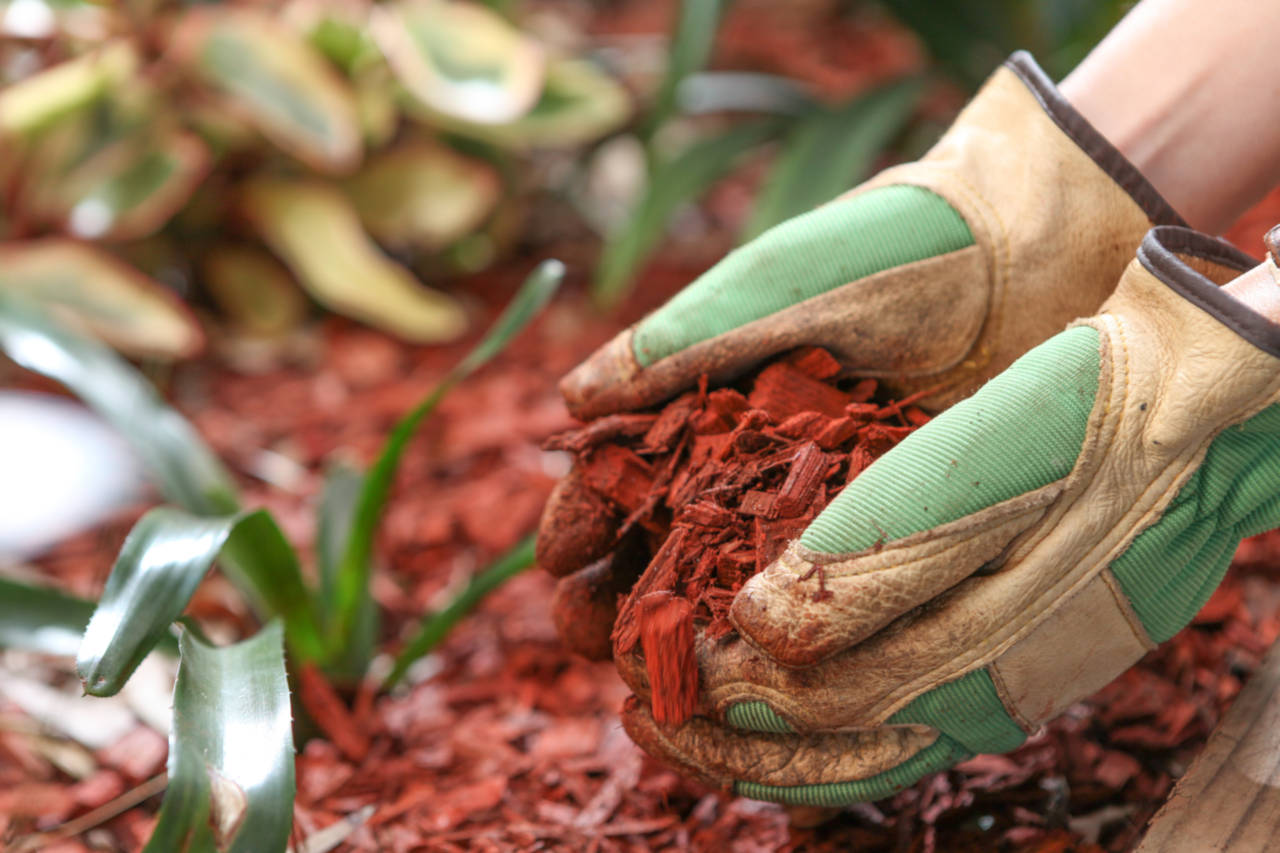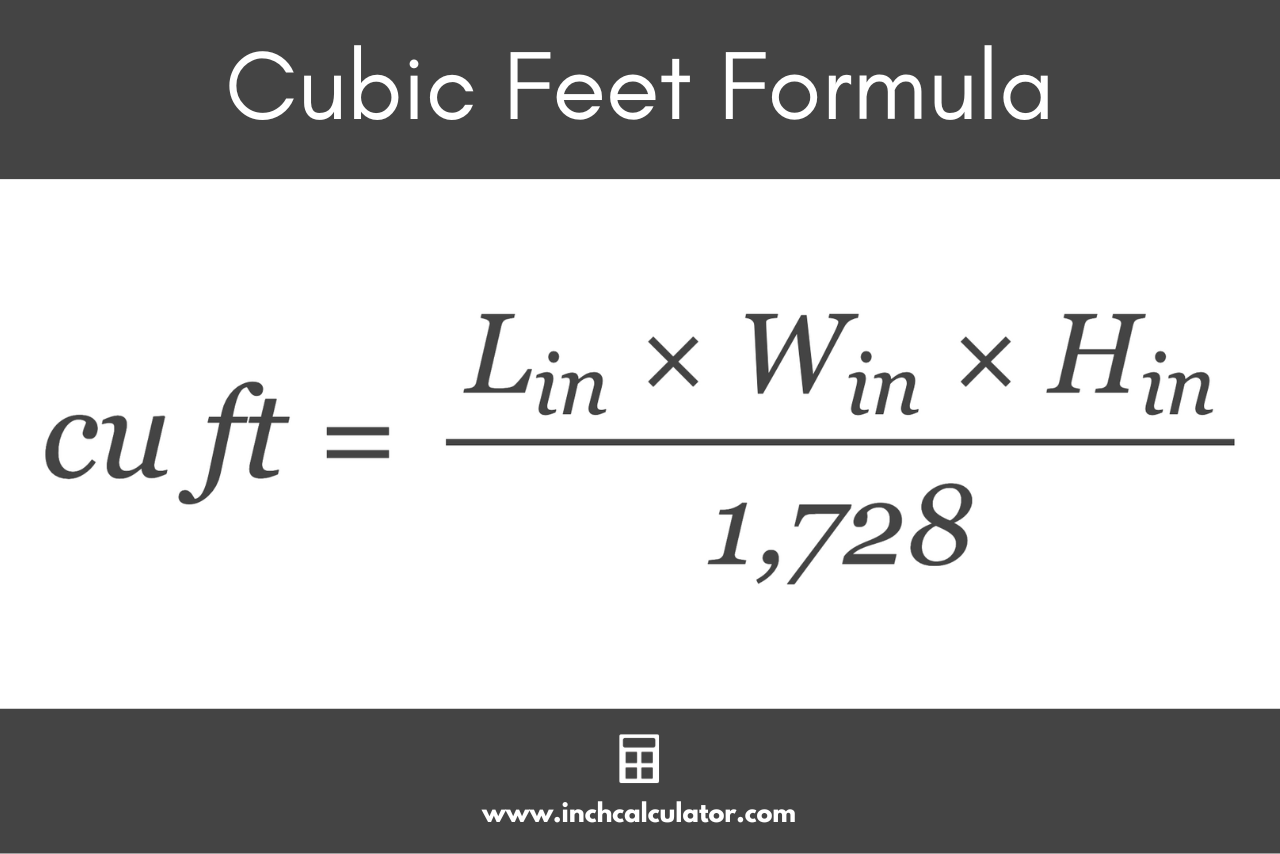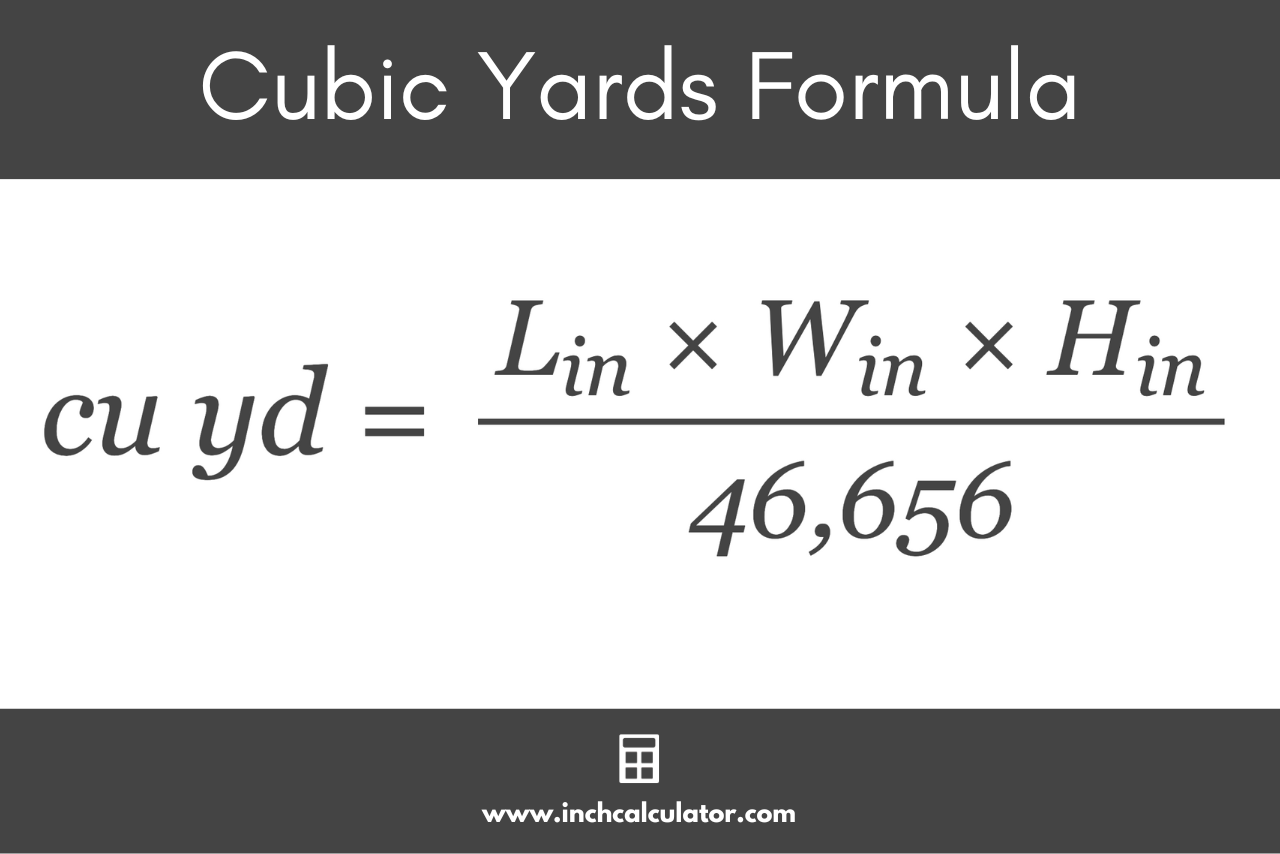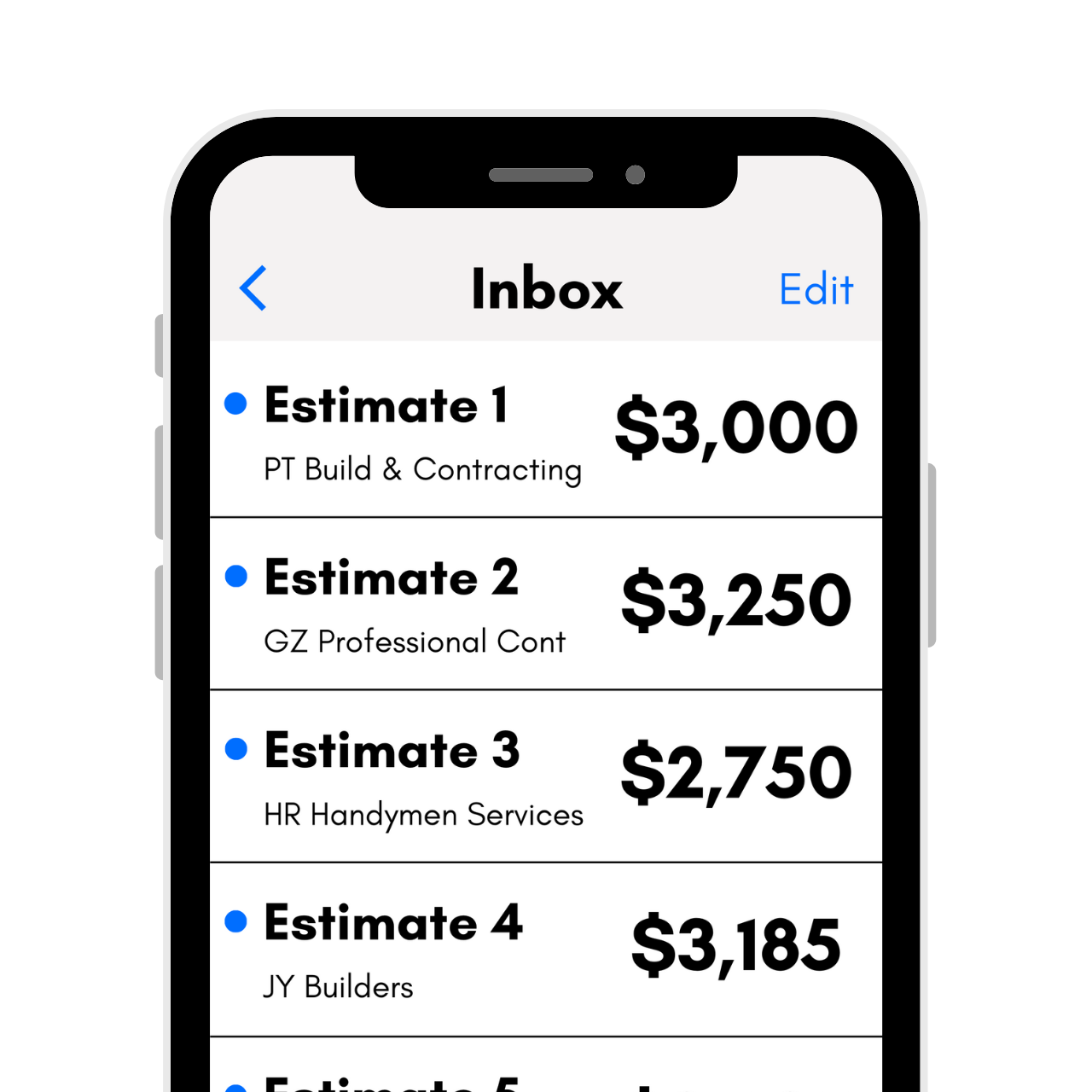Mulch Calculator
Calculate how much mulch you need by entering the size of the landscaping area and the depth of fill. Get results in cubic feet, cubic yards, and the number of bags of mulch needed.
On this page:
How to Calculate How Much Mulch You Need
Adding mulch is a great way to refresh a landscaping bed and prevent weed growth. Mulch adds moisture to the soil and can help prevent soil erosion or compaction over time.
Because mulch is lightweight and organic, it may break down or migrate over time. When this happens, you may need to refresh your mulch bed by adding more.

The easiest way to calculate mulch coverage is to use the calculator above since it takes all the math and guesswork out of the process, but you can follow the steps below to calculate how much you need without a calculator.
Steps to Calculate Mulch
If you want to do the calculations yourself, you can estimate material in a few easy steps.
Step One: Measure the Landscaping Space
The first step to calculating how much mulch you need is to measure the space you want to cover. Use a tape measure to measure the length and width of the space.
Ensure all measurements are in the same unit of measure. Because the depth of the mulch will be in inches, it will be easiest if the length and width are also in inches; the measurements can be easily converted to feet and cubic yards later.
Step Two: Determine the Depth of the Mulch
Next, determine the depth of the mulch bed. The depth of the mulch can vary depending on the type that you use.
Fine mulch is only recommended to a depth of 1″ to 2″, while coarse mulch should be roughly 3″ to 4″ deep if you are layering the mulch around plants.
However, if you are using mulch to help prevent weed growth, you may go much deeper, particularly if you are worried about erosion or if you are mulching an area that will be walked on frequently and want a deeper base to prevent migration.
Step Three: Calculate the Volume of Mulch Needed
Once you have measured the space, it’s time to calculate the volume.
Multiply the length times the width to find the area of the space. If the landscape bed is complex, then split it up into manageable sections and measure each separately or use an area calculator.
Then, multiply the area by the depth. Remember to keep all measurements in the same unit of measure, so if the width and length are in inches, then multiply the area by the depth in inches.
Volume Formula
For a rectangular area, you can use the following formula to calculate the volume.
volume = length × width × depth
Step Four: Convert the Volume to Cubic Feet or Yards
The final step to calculating how much mulch you need is to convert the volume measurement to the unit of measure that the mulch is sold by if it isn’t already in the same unit of measure.
Mulch is usually sold in bulk by the cubic yard at most landscape suppliers, with smaller amounts also being sold by the bag.
When calculating volume, if all the measurements used are in feet, then the volume is in cubic feet. If the measurements were in inches, then the volume is in cubic inches.
Cubic Feet Formula
There are 1,728 cubic inches in a cubic foot, so if you measured in inches, divide the cubic inches measurement by 1,728 to get cubic feet.
cubic feet = cubic inches ÷ 1,728

Cubic Yards Formula
There are 46,656 cubic inches in a cubic yard, so divide the cubic inches measurement by 46,656 to get cubic yards.
cubic yards = cubic inches ÷ 46,656

You can also use our cubic yardage calculator to find the cubic yards using measurements in different units.
How Many Bags of Mulch Do You Need?
When buying it at the hardware store, home center, or local market, mulch is usually sold by the bag. Most bags hold two-cubic feet of mulch, but in some cases, they hold 3 cubic feet. The finer the mulch, the more volume that will likely be in the bag.
You’ll need 14 (2 cu ft) bags or 9 (3 cu ft) bags per cubic yard of mulch required. The table below shows how many bags you’ll need for each cubic yard required.
| cubic yards | 2 cu ft bags | 3 cu ft bags |
|---|---|---|
| 1 cu yd | 14 bags | 9 bags |
| 2 cu yds | 27 bags | 18 bags |
| 3 cu yds | 41 bags | 27 bags |
| 4 cu yds | 54 bags | 36 bags |
| 5 cu yds | 68 bags | 45 bags |
Be sure to check out our soil calculator to calculate how much soil you need for a garden bed.
How to Account for Overage and Loss
Despite how heavy mulch can be in bulk, the individual pieces are lightweight and do tend to migrate and settle. When moving mulch by wheelbarrow, it’s common to lose some material through movement.
It’s also common to lose some mulch through simple errors as well as shifting and settlement. Therefore, it is generally recommended that you add another 10% to your total estimated volume, and if you are between bag numbers, that you round up rather than down.
Frequently Asked Questions
How much does a yard of mulch cover?
At three inches deep, one cubic yard of mulch will cover just over 100 square feet of landscaping. Refer to the table below to see how much a yard will cover at various depths.
| mulch depth | coverage per yard |
|---|---|
| 1 inch | 324 sq ft |
| 2 inches | 162 sq ft |
| 3 inches | 108 sq ft |
| 4 inches | 81 sq ft |
| 5 inches | 64 sq ft |
What is the best depth for mulch?
This will vary depending on what you are using the mulch for and how coarse or fine the texture of the mulch is. 1″ to 2″ depth is recommended for fine mulch, while 3″ to 4″ depth is recommended for coarser material.
Is mulch better than gravel or stone?
Each of these materials has their own attributes and properties that may make one the best fit for your project. Mulch adds moisture to the soil while also preventing erosion, which may make it a good fit for dryer landscaping than gravel or stone.
How much does a yard of mulch weigh?
Depending on the moisture content, one cubic yard of mulch weighs 400 – 800 pounds. The type of material and the amount of moisture it contains will impact its weight.
How much does a bag of mulch weigh?
On average, one 2 cu ft bag of mulch weighs 20 pounds, while one 3 cu ft bag of mulch weighs 30 pounds. The moisture content and type of material will also impact the weight of each bag.
What type of mulch should you use?
Before purchasing mulch, do some research on the best type for your project. Backyard Boss explains that there are several types available, including standard garden, rubber, bark, hardwood, hemlock, and mulched leaves.[1]
Each type has a different look, so spend some time to find the right variety to complement your home and landscaping. Different types also cost more than others, which may be an important factor in your decision.
In addition, different types may be finer or coarser in texture, which will impact how much of them you may want to use. Rubber mulch being heavier and thicker generally requires less to fill the same area than standard garden mulch, for example.
Is it better to buy mulch bagged or in bulk?
If you are purchasing a lot of mulch, you may get a discount per yard if purchasing it in bulk. However, if you only need a small amount, bagged mulch may be more convenient.
References
- Backyard Boss, Everything You Ever Needed to Know About Mulch, https://www.backyardboss.net/what-is-mulch/





